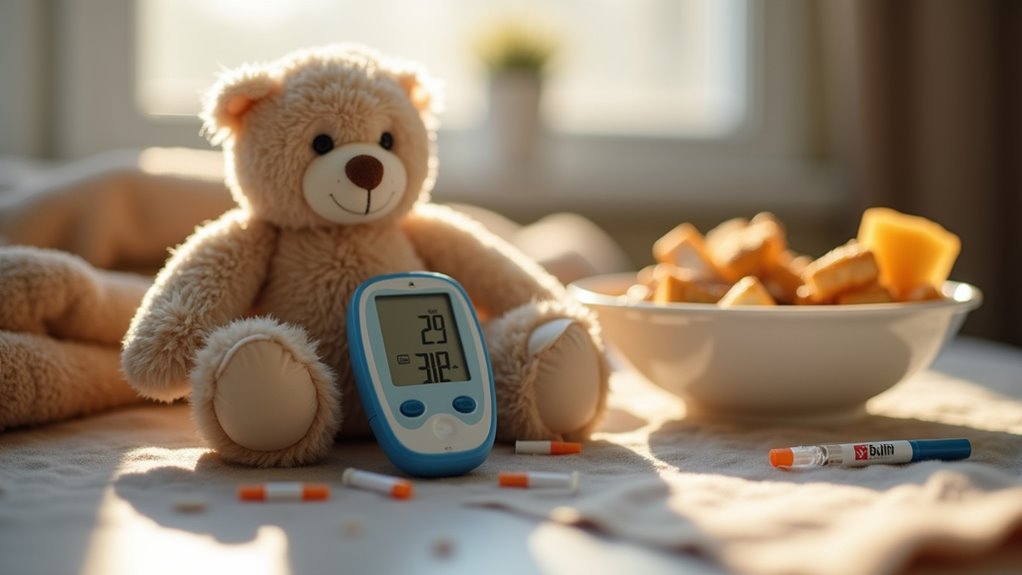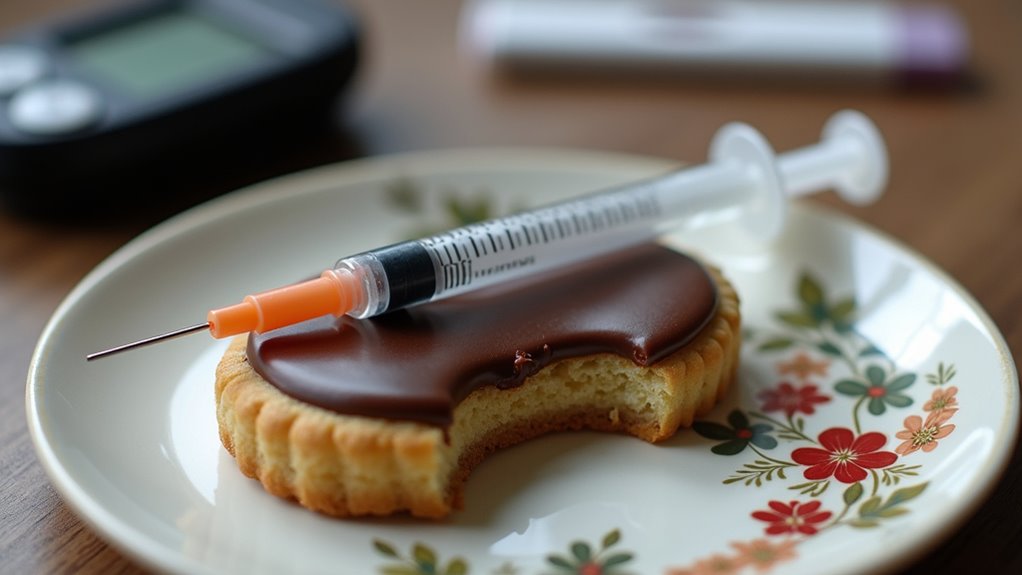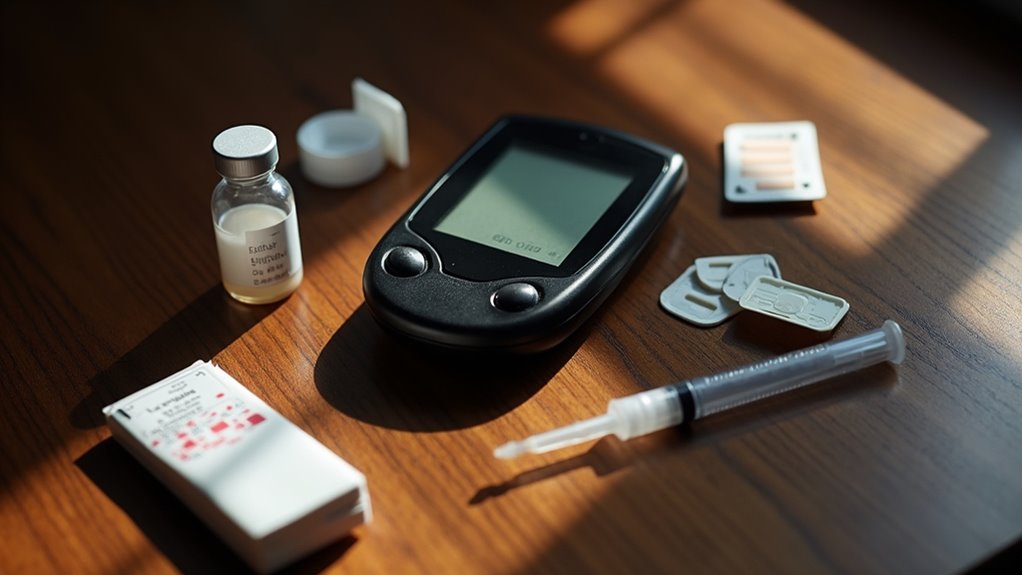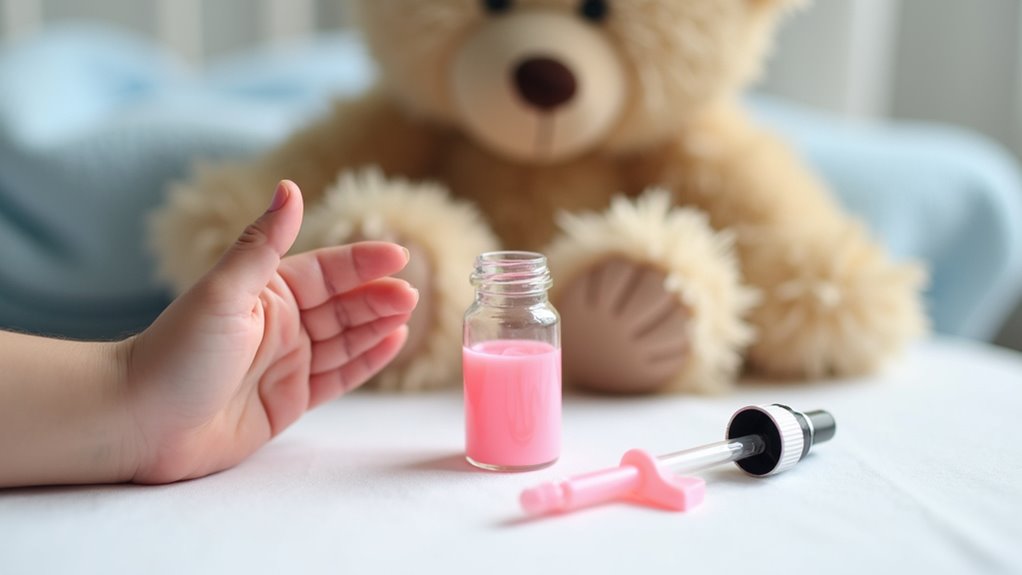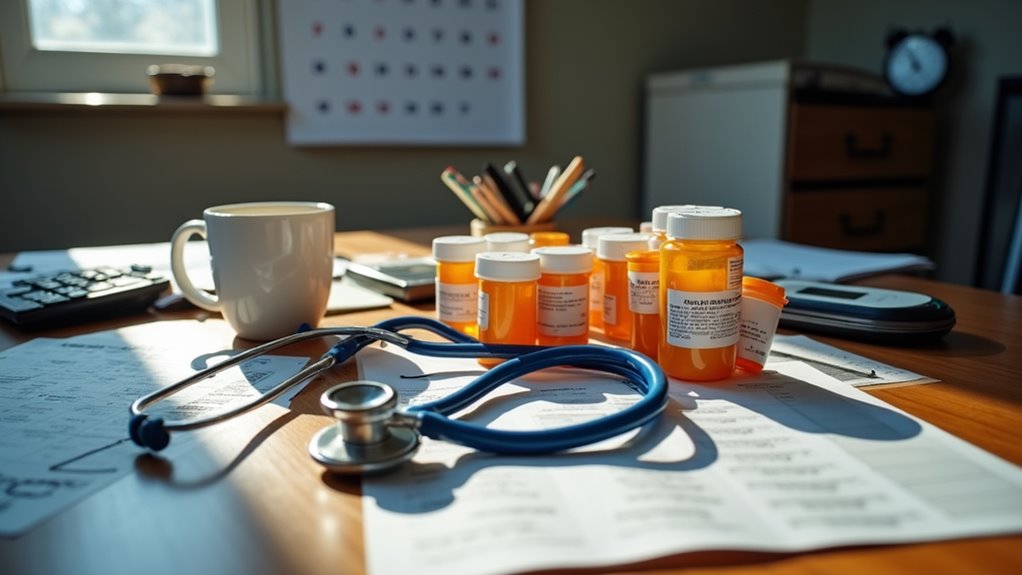While experts have been sounding alarms for years, the rising tide of juvenile diabetes in America has reached unprecedented levels. The numbers don’t lie. Type 1 diabetes cases increase about 2% annually, while type 2 cases surge at over 5%. Yeah, you read that right. Kids with adult-onset diabetes—not exactly what parents planned for their children’s future.
The situation gets grimmer when you look at projections. By 2060, type 2 diabetes could increase 700% if current trends continue. Seven hundred percent! Type 1 cases aren’t far behind, with a projected 65% increase. Think about it: more kids jabbing themselves with needles, more parents staying up all night monitoring blood sugar levels.
When we talk about 700% increases, we’re talking about a generation of children facing medical battles their grandparents never imagined.
Communities of color bear the heaviest burden. Asian/Pacific Islander, Hispanic, and Black children see markedly higher increases. No surprise there—just another health disparity to add to the list. Type 1 still dominates the juvenile diabetes landscape, but type 2 is gaining ground fast. Genetic predisposition significantly increases risk when parents have diabetes.
The causes? For type 1, it’s a mystery wrapped in genetic predisposition. Type 2 has obesity written all over it. Those supersized meals come with a supersized health price tag. Environmental factors likely play a role too, but researchers are still piecing that puzzle together. Recent studies suggest a troubling link with COVID-19, showing a 27% increase in Type 1 diabetes during the pandemic’s second year.
Symptoms often fly under the radar—increased thirst, frequent urination, unusual fatigue. Many kids show minimal signs until they’re in serious trouble. It’s concerning that only 14% of parents can correctly identify the four main symptoms of type 1 diabetes, leaving many children vulnerable to delayed diagnosis. Diabetic ketoacidosis doesn’t exactly wait for a convenient diagnosis.
Managing juvenile diabetes is no walk in the park. Type 1 requires insulin therapy—non-negotiable. Type 2 might respond to lifestyle changes initially, but medications often become necessary. Either way, it’s a lifelong condition with serious complications like vision and kidney disease lurking down the road.
The good news? Prevention works—at least for type 2. A modest 2% annual reduction in incidence could dramatically decrease future cases. Early diagnosis and proper management improve outcomes considerably. But the healthcare system needs to step up. And fast.
